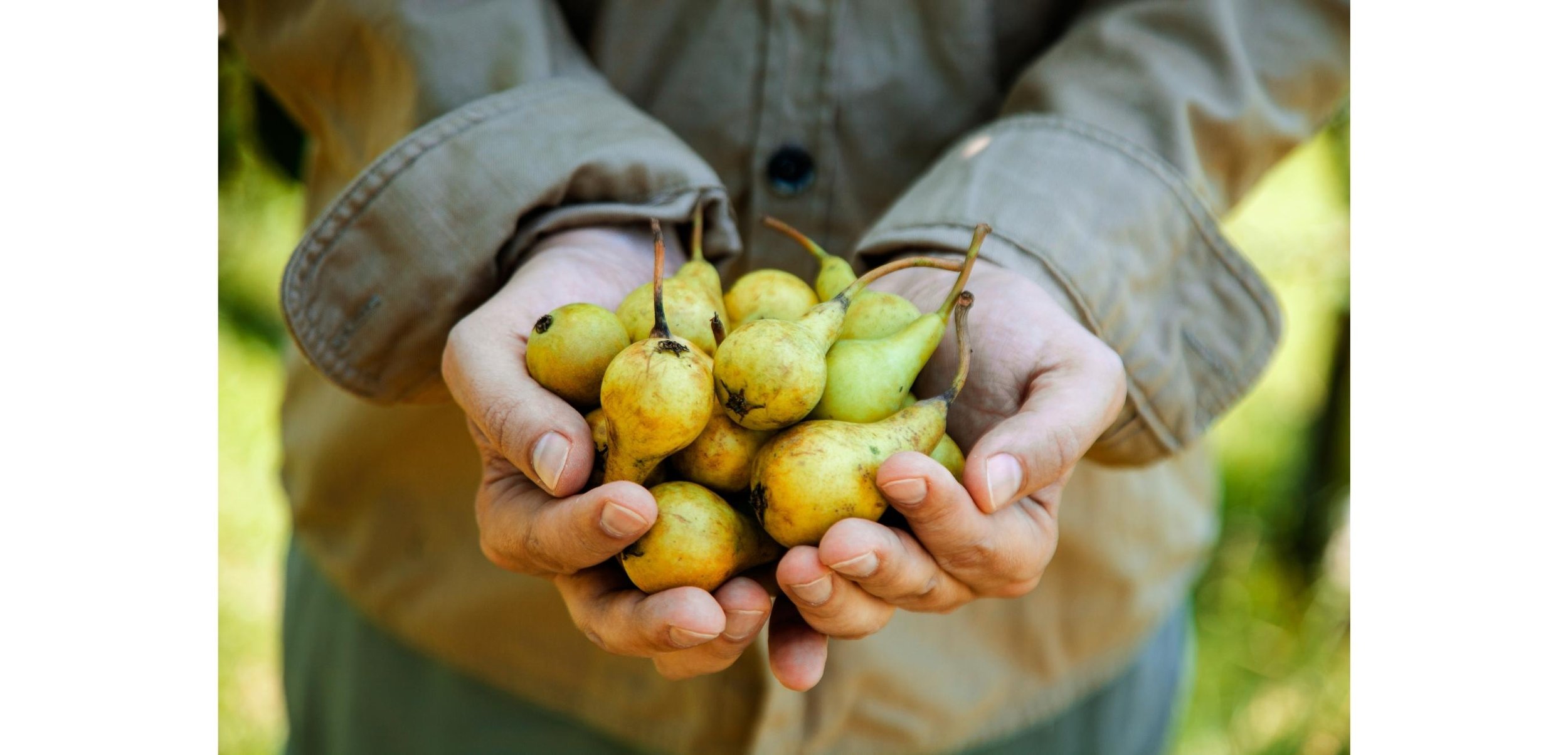Pear Natural (Robertet)
Odor Description: A blend of natural raw materials that smells of sweet ripe, juicy pear.
Odor Description: A blend of natural raw materials that smells of sweet ripe, juicy pear.
Odor Description: A blend of natural raw materials that smells of sweet ripe, juicy pear.
This is a beautiful blend of natural isolates, bright, sparkling, fresh juicy pears .
We absolutely love it
Pears are ancient and sacred symbols of love and separation. In Chinese, the word “fen li” means “sharing a pear”, which is pronounced the same way as the word meaning “separation.” In this way pear is a homophone (words that sound alike but have different meanings). In English the word pear (fruit) sounds just like pair (two of something) and pare (cutting back). This dynamic use of the word pear speaks to the double meaning of most life situations.
In Greek mythology, the pear tree was sacred to Hera, mother of the Olympian gods. As the goddess of marriage and childbirth, she could also be jealous and vengeful. In Roman mythology Hera was also known as Juno, Aphrodite and Venus.
Hera was known as Hera Apios, apios is Greek for “pear tree”. Idols of her were carved from pear wood. The Latin word for pear is pirum, meaning, “pear-shaped.” The pyramidal shape of a pear tree is similar to its fruit, which resembles a womb. This speaks to the fact that a woman’s womb has the potential to create life, yet the womb must separate itself from that life for the child to live. Separation is a normal aspect of life and pear reminds us of this fact.
Pears Pyrus, apples Malus and quince Cydonia are all cousins in the Rosaceae family. Each has a unique story to tell. Pears are native to coastal and temperate regions of the Old World from Western Europe and North Africa to Asia. The genus is thought to originate in China and spread from there. Today there are over 20 species and 3000 known varieties of pear including deciduous and evergreen trees that can reach heights of 56ft.
The spirit of the pear tree invites us to see that true unity is a continual process of joining and separating. In Taoist tradition, this concept is known as Yin and Yang, or the harmony of opposites. Empedocles (Greek philosopher circa 490–430BCE) also saw that the forces of nature were eternally brought together into union by love and then separated through strife. This process may feel chaotic but it is a necessary aspect of creation.
Some say
it was a pear
Eve ate.
Why else the shape
of the womb,
or of the cello
Whose single song is grief
for the parent tree?
Why else the fruit itself
tawny and sweet
which your lover
over breakfast
lets go your pear-
shaped breast
to reach for?Linda Paston




